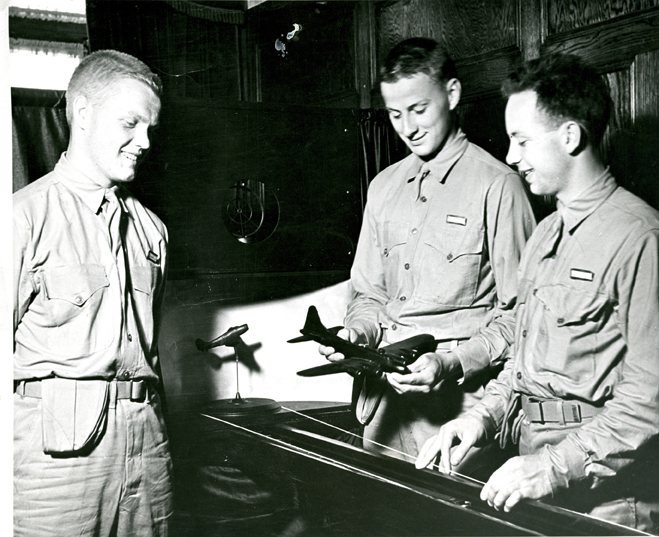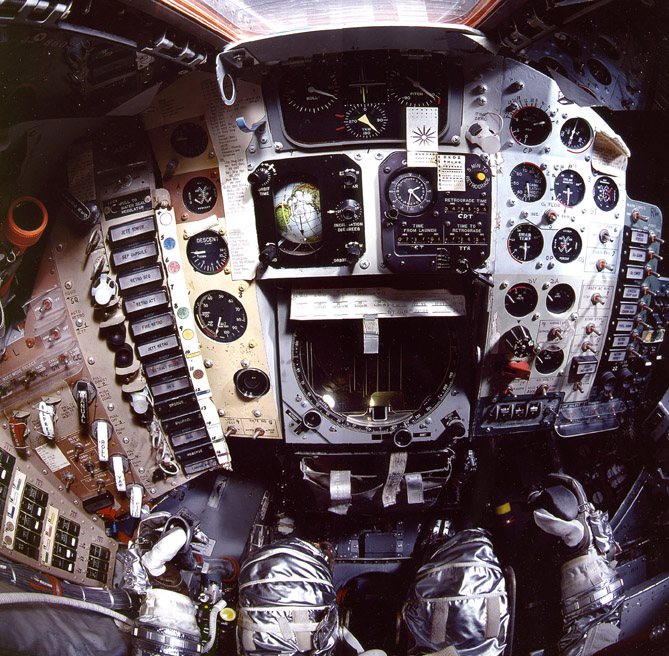John Glenn during World War II

John Glenn is an American icon. But before he was the first American to orbit the earth, and even before he was Ted Williams’ wingman, he was just a student at an obscure college in Ohio. What did Glenn do in World War II?
80 years ago Glenn was a student at Muskingum College (now University) and played on the Muskies’ football team. Fascinated with flight since childhood, he earned a private pilot’s license in 1941. Once the United States enters World War II, he drops out of college and enlists in the Navy’s aviation cadet program and is sent to Iowa City, Iowa for training. He doesn’t play varsity for the Iowa Pre-Flight Seahawks (ranked No. 2 in the nation in 1942), but he does serve on the practice squad.

Glenn conducts primary training at Naval Air Station Olathe (Kansas), where he solos in his first military aircraft before moving on to advanced training at NAS Corpus Chrisi (Texas). While in Texas, he transfers to the Marine Corps and is commissioned a second lieutenant in March 1943. Glenn originally flew R4D transports (Naval designation of the Douglas C-47) for Marine Utility Squadron 353 (VMJ-353) out of Camp Kearny, Calif. He requested a transfer to Marine Observation Squadron 155 (VMO-155), a photographic reconnaissance unit also stationed at Camp Kearny, which were about to switch from the Grumman F4F Wildcat to the Vought F4U Corsair in September.
Glenn’s new unit transferred to Marine Corps Air Station El Centro (Calif.) and he was promoted to first lieutenant in October. VMO-155 ships out to Hawaii in January 1944, then sails for Midway in February, then on to the Marshall Islands in June. There, Glenn flew 57 combat missions, earning two Distinguished Flying Crosses and ten Air Medals. Glenn completed his year-long tour of duty in February 1945 and he returned to the States. He served at MCAS Cherry Point (N.C.), NAS Patuxent River (Md.), and MCAS El Toro (Calif.) that year and was promoted to captain in July.
After the war, Glenn volunteered to fly patrol missions during the U.S. occupation of China. From December 1946 to March 1947 Capt. Glenn flew Corsairs out of Beijing with Marine Fighting Squadron 218 (VMF-218).
